Japanese dried-type sweets, known as Ohigashi, offer a delightful glimpse into the country’s rich confectionery heritage. Crafted from the renowned Wasanbon sugar, these charming treats boast a fluffy texture and unique flavor profile. Participants can now experience the art of Ohigashi making, shaping their own colorful creations using traditional wooden molds. With an optional touch of vibrant hues, this 30-minute session promises to immerse guests in the captivating world of Japanese confectionery. What secrets does this age-old tradition hold?
Key Points
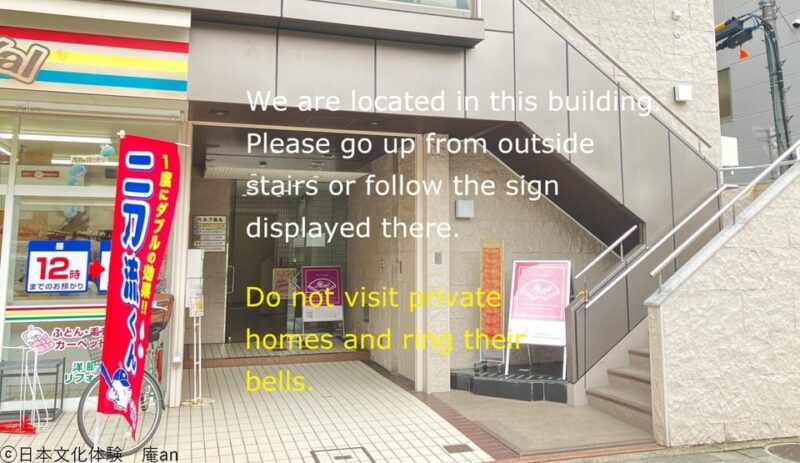
- The experience involves making traditional Japanese dried-type sweets called Ohigashi using the unique Wasanbon sugar.
- Participants can create colorful Ohigashi using wooden molds and have the option to add vibrant colors for an additional fee.
- The hands-on experience immerses participants in the art of Japanese sweet-making and includes a tasting session of the freshly made Ohigashi.
- Additional offerings include an experience completion certificate, Tatedashi Matcha, and assistance for those needing help, for additional fees.
- The activity is wheelchair accessible and takes place at a venue located a 1-minute walk from Subway Karasuma Line Gojo Station.
Activity Overview
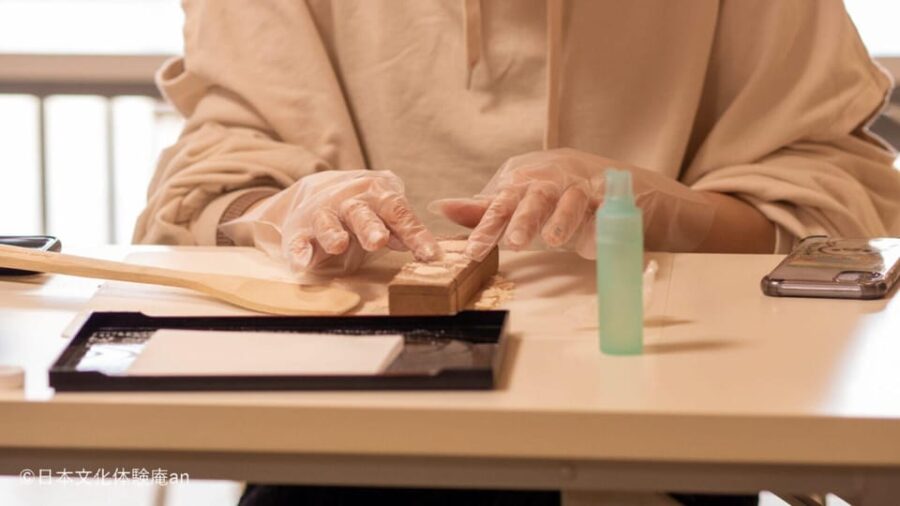
Guests can experience making Japanese dried-type sweets called Ohigashi using the traditional sugar called Wasanbon.
The activity lasts 30 minutes and costs from $10.75 per person. With free cancellation up to 24 hours in advance, guests can get a full refund. The activity is wheelchair accessible.
Ohigashi are made from 100% Wasanbon, known for its fluffy, smooth texture and unique taste. Guests can choose shapes using cute wooden molds, and they’ve the option to create colorful Ohigashi for an additional 200 JPY.
Here are more great tours and experiences we've reviewed in Kyoto
Unique Features of Ohigashi
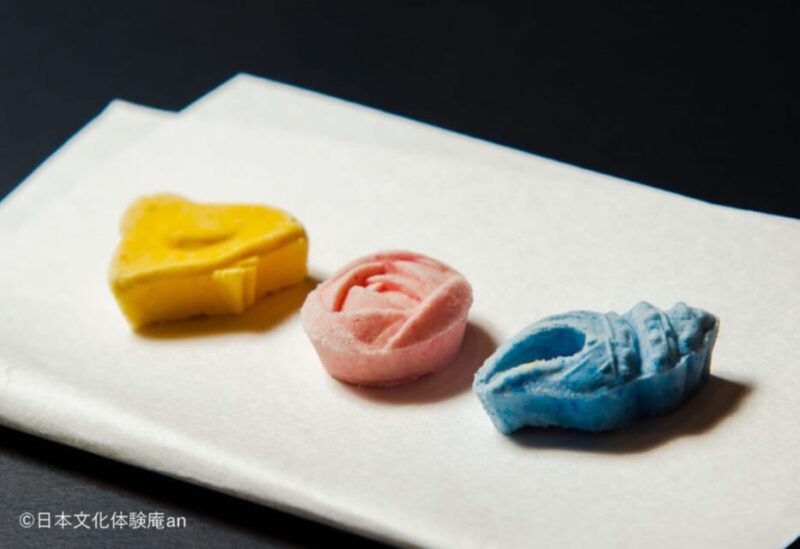
Ohigashi, the Japanese dried-type sweets, are crafted from 100% Wasanbon, a traditional sugar renowned for its fluffy, smooth texture and unique taste.
Participants can choose from a variety of cute wooden molds to create their desired shapes. The freshly made sweets provide a distinct taste experience that can’t be found in pre-packaged treats.
For an additional 200 JPY, guests can add vibrant colors to their Ohigashi, giving them a visually stunning appearance.
These traditional confections offer a delightful and hands-on experience, allowing participants to enjoy the art of Japanese sweet-making.
Experience Schedule
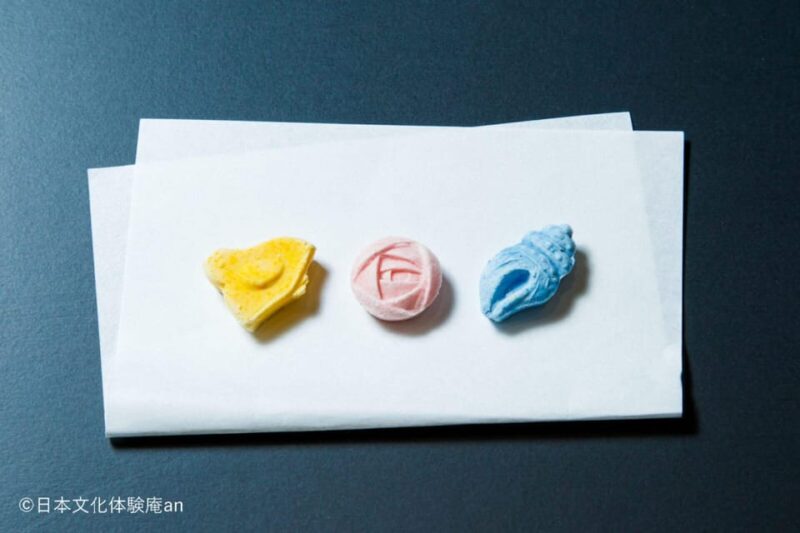
The experience begins with an explanation of Japanese traditional sweets, providing participants with insights into the history and significance of these delicacies.
Next, participants engage in the Ohigashi-making process, shaping the sweets using the provided wooden molds. This hands-on activity allows them to fully enjoy the traditional techniques.
Afterward, time is set aside for photograph-taking, capturing the beautiful creations.
The experience concludes with a tasting session, where participants can savor the freshly made Ohigashi and enjoy a cup of traditional Tatedashi Matcha, if desired.
Additional Options and Fees
For those interested in enhancing their Ohigashi experience, a selection of optional add-ons is available.
Participants can choose to add color to their sweets for an additional 200 JPY. An experience completion certificate is offered for 300 JPY.
Tatedashi Matcha, a traditional Japanese green tea, can be enjoyed for 500 JPY. Plus, a helper fee of 830 JPY is available for those who need assistance.
Children under 2 years old sitting on their parents’ laps are free of charge.
More Great Thing To Do NearbyImportant Information
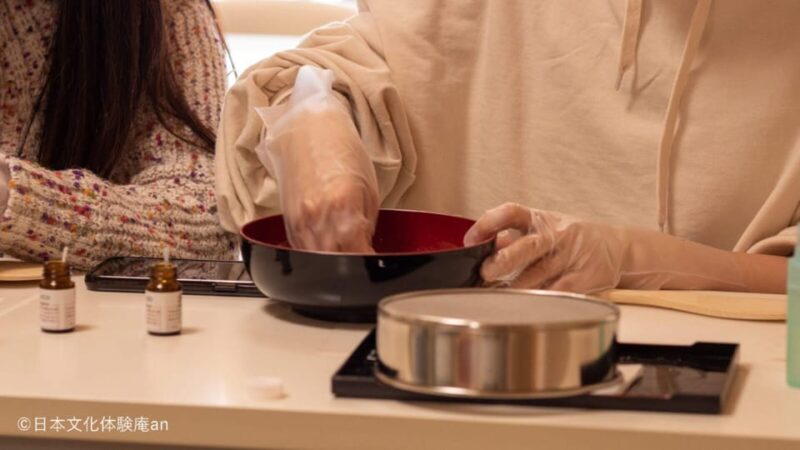
Participants can find the meeting point just a 1-minute walk from Exit 1 of the Subway Karasuma Line Gojo Station.
The experience operates from 10:00 to 17:00, with reservations after 17:00 processed the next day.
There’s no elevator, so stairs are required to reach the venues.
English translation is available upon request.
The cancellation policy applies, and travel expenses to the venue aren’t compensated.
Non-participants aren’t allowed to enter the venue.
Wasanbon: The Traditional Sugar
Wasanbon is a unique traditional sugar used in the making of Ohigashi, Japanese dried-type sweets. This premium sugar is prized for its fluffy, smooth texture and distinct taste.
Some key facts about Wasanbon:
-
Made from sugarcane, Wasanbon is refined using a traditional method passed down for generations.
-
The sugar crystals are larger and less processed than regular white sugar, resulting in a complex flavor profile.
-
Wasanbon is commonly used in high-end traditional Japanese confections for its superior quality.
-
Its delicate sweetness complements the other ingredients in Ohigashi, creating a truly authentic taste experience.
Health Benefits of Ohigashi
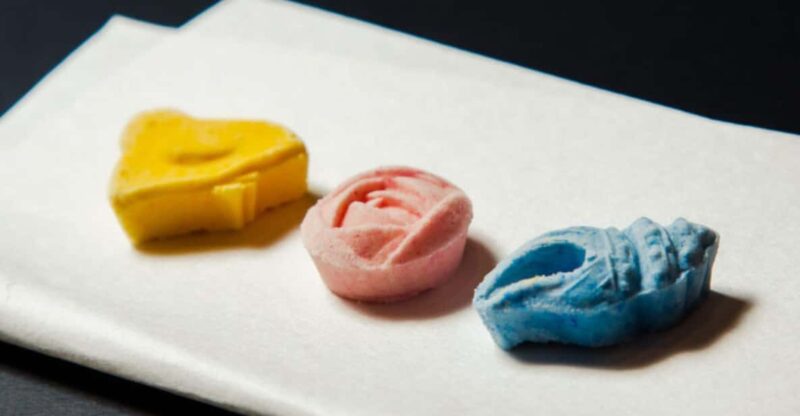
Although often considered an indulgent treat, Ohigashi, the traditional Japanese dried-type sweets, offer several surprising health benefits.
Wasanbon, the pure cane sugar used to make Ohigashi, is minimally processed, retaining beneficial nutrients. Plus, the low-moisture content of Ohigashi means they’re easily digestible and gentle on the stomach.
Their compact size also encourages portion control, making them a healthier alternative to many Western confections. Plus, the act of carefully crafting these delicate sweets can be a mindful, therapeutic experience.
Preserving Japanese Confectionary Tradition
As traditional Japanese confectionery faces the threat of declining interest among younger generations, efforts to preserve this centuries-old craft have taken on greater importance.
Initiatives to safeguard the art of Ohigashi making include:
-
Offering hands-on workshops that immerse participants in the intricate techniques of Wasanbon sugar preparation and mold crafting.
-
Educating the public on the historical significance and cultural value of Ohigashi, a refined expression of Japanese aesthetics.
-
Providing apprenticeship opportunities for aspiring confectioners to learn from master artisans.
-
Promoting the use of Ohigashi in contemporary desserts, blending tradition with modern culinary trends.
Frequently Asked Questions
Can I Take the Leftover Ohigashi Home?
Yes, you can take the leftover Ohigashi sweets home. The experience includes eating and drinking time at the end, and you’re welcome to pack up any remaining freshly made treats to enjoy later.
Do You Provide Aprons or Should I Bring My Own?
Aprons are provided for participants. You don’t need to bring your own. Just come prepared to get hands-on and enjoy the experience of making traditional Japanese Ohigashi sweets using Wasanbon sugar.
Is There a Minimum Number of Participants Required?
There’s no minimum number of participants required for this activity. Individuals can sign up and experience making Japanese dried-type sweets using traditional Wasanbon sugar, regardless of group size.
Can I Customize the Ohigashi Shapes Beyond the Provided Molds?
Yes, participants can customize the Ohigashi shapes beyond the provided molds. They’re allowed to use the cute wooden molds, but they also have the option to create their own unique shapes during the hands-on Ohigashi making experience.
Are There Any Dietary Restrictions or Allergies to Consider?
There are no dietary restrictions or allergies to consider for this experience. Participants can choose from the provided wooden molds to create their desired Ohigashi shapes and may opt to add color for an additional fee.
The Sum Up
Immersing oneself in the art of Ohigashi-making allows participants to experience the delightful flavors and textures of traditional Japanese confectionery. Wasanbon sugar‘s unique properties create the signature fluffy texture, while the option to add vibrant hues offers a personalized touch. This 30-minute session not only introduces the craft but also preserves the rich heritage of Japanese sweets-making.
You can check if your dates are available here:More Dessert Tours in Kyoto
More Tour Reviews in Kyoto
- The Art of Geisha: Exclusive Show & Traditional Japanese Game
- Tea Ceremony With Kimono and Professional Photoshoot in Kyoto
- Kyoto Arashiyama Bamboo Forest Hidden Hiking Tour
- Kyoto Early Morning Walking Tour: Nature & History
- Small-Group Dinner Experience in Kyoto With Maiko and Geisha
- Private Kyoto Night Tour: Historic Walk at Gion and Fushimi
Not for you? Here's more things to do in Kyoto we have recnetly reviewed
- 5 Best Cruises And Boat Tours In Kyoto
- 14 Best Dining Experiences In Kyoto
- 20 Best Full-Day Tours In Kyoto
- 5 Best 2 Day Tours In Kyoto
- 2 Best 4 Day Tours In Kyoto
- 20 Best Photography Experiences In Kyoto
- 13 Best Dinner Tours In Kyoto
- 25 Best Food Tours In Kyoto
- 14 Best Lunch Experiences In Kyoto
- Kyoto Bus Tour: Iconic KInkakuji, Ginkakuji, Kiyomizu Temple (AW)
- Kyoto Bus Tour: Arashiyama, Kinkaku-ji Review
- Gyoza Cooking Class in Kyoto: Traditional Japanese Dumplings
